Travel Site Quietly Retracts Claim That Philippines Is the "Least Safe Country"
June 23, 2025
Earlier this month, the Canadian insurance site HelloSafe published a sensational (and controversial) headline: the Philippines was ranked the “least safe country on Earth.” The news spread quickly across social media, sparking outrage and concern. But just as quickly as it went viral, the ranking disappeared from HelloSafe’s website without explanation.
There was no correction. No accountability. No apology.
Instead of standing by its data or owning up to an error, HelloSafe simply erased the Philippines from its list and moved on (its actually not even on the Top 10 of its current “least safe” list).
So why is this a problem?
There was no transparency and no accountability. The Department of Tourism (DOT) in the Philippines swiftly responded shortly after its publishing. Tourism Secretary Christina Frasco called the report false and harmful, saying it had real consequences for Filipino livelihoods. The DOT also pointed out several flaws in HelloSafe’s methodology, including seemingly similar, copy-pasted safety scores across different countries, a basic sign of unreliable data.
Shortly after the backlash, HelloSafe removed the Philippines from the list and replaced it with Sudan. But they offered no public explanation and no statement clarifying why the change was made. The original report, which had labeled the Philippines as the most dangerous country to visit in 2025, vanished without a trace, except, of course, for the screenshots now circulating in media reports. You know the internet likes to keep its receipts.
But the issue was this: this was not just a poorly researched travel article. It was a global ranking that jeopardized jobs, tourism revenue, and the country’s image, with zero accountability.
What the Data Actually Shows
According to the Philippine National Police, so-called "focus crimes" like robbery, murder, and theft fell by 18.4 percent between January and March of 2025. Earlier in the year, they reported a 26.8 percent drop from January 1 to February 14. These are not just statistics. They reflect a real and measurable improvement in public safety.
The U.S. State Department currently places most of the Philippines at a Level 2 travel advisory, which simply means “exercise increased caution.” This is the same rating given to France and the United Kingdom. Only a few parts of Mindanao, where regional conflicts persist, are under higher-level advisories.
In short, most of the country is open, safe, and welcoming to tourists.
In 2024 alone, 5.4 million international tourists visited the Philippines. That figure reflects both a strong rebound from the pandemic and renewed global interest in the country.
Tourism accounted for 8.6 percent of the country's GDP in 2023 and supported over 6 million jobs. In 2024, the Philippines earned approximately ₱760.5 billion—or 13.1 billion US dollars, from tourism activity.
And it's not just the economy that is thriving. The Philippines continues to earn top marks from global travel authorities.
Photo of Metro Manila by iStock Images.
Recent Travel Accolades for the Philippines
Condé Nast Traveler Readers’ Choice Awards (2023): Palawan named one of the Top Islands in Asia
Travel + Leisure: Boracay listed among the Best Island Beaches in the World
Lonely Planet (2023): Siargao featured in “Top Emerging Destinations”
TripZilla (2024): Philippines recognized as one of the Most Hospitable Countries in Southeast Asia
World Travel Awards: Philippines named Asia’s Leading Dive Destination five years in a row
Photo by vladoskan via iStock Images.
These awards are not casual mentions. They come from some of the most respected names in travel. And they reflect what many visitors already know: that the Philippines is one of the most rewarding and memorable places you can visit.
So Why Did HelloSafe Say Otherwise?
That remains unclear. The company has offered no explanation and no apology. What’s left is a lingering question: how did a platform with such reach publish a global ranking that was so deeply flawed?
The damage has already been done. Even with the article deleted, screenshots from sources like Esquire Philippines clearly show the Philippines ranked at the very top of the "least safe" list. HelloSafe may have attempted to quietly clean up the mess, but the internet doesn’t forget.
False narratives like the one pushed by HelloSafe don’t just harm a country’s image. They hurt real people: tour guides, hotel owners, restaurant workers, and small business entrepreneurs who rely on travel and tourism for survival.
The Philippines isn’t perfect. No place is. But to call it the most dangerous country in the world is not just inaccurate. It’s reckless.
If you’re thinking of visiting, you should. Bring your curiosity and your sense of adventure. The people of the Philippines will take care of the rest.




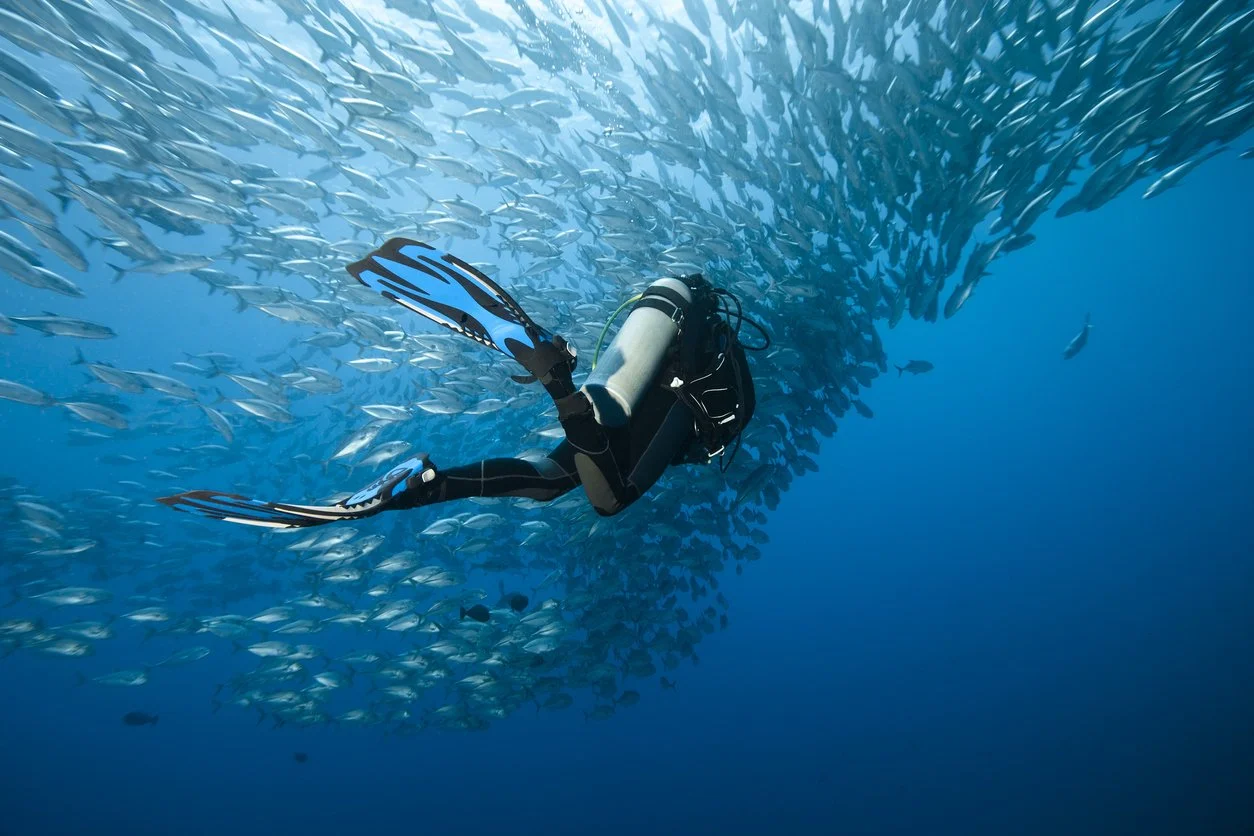



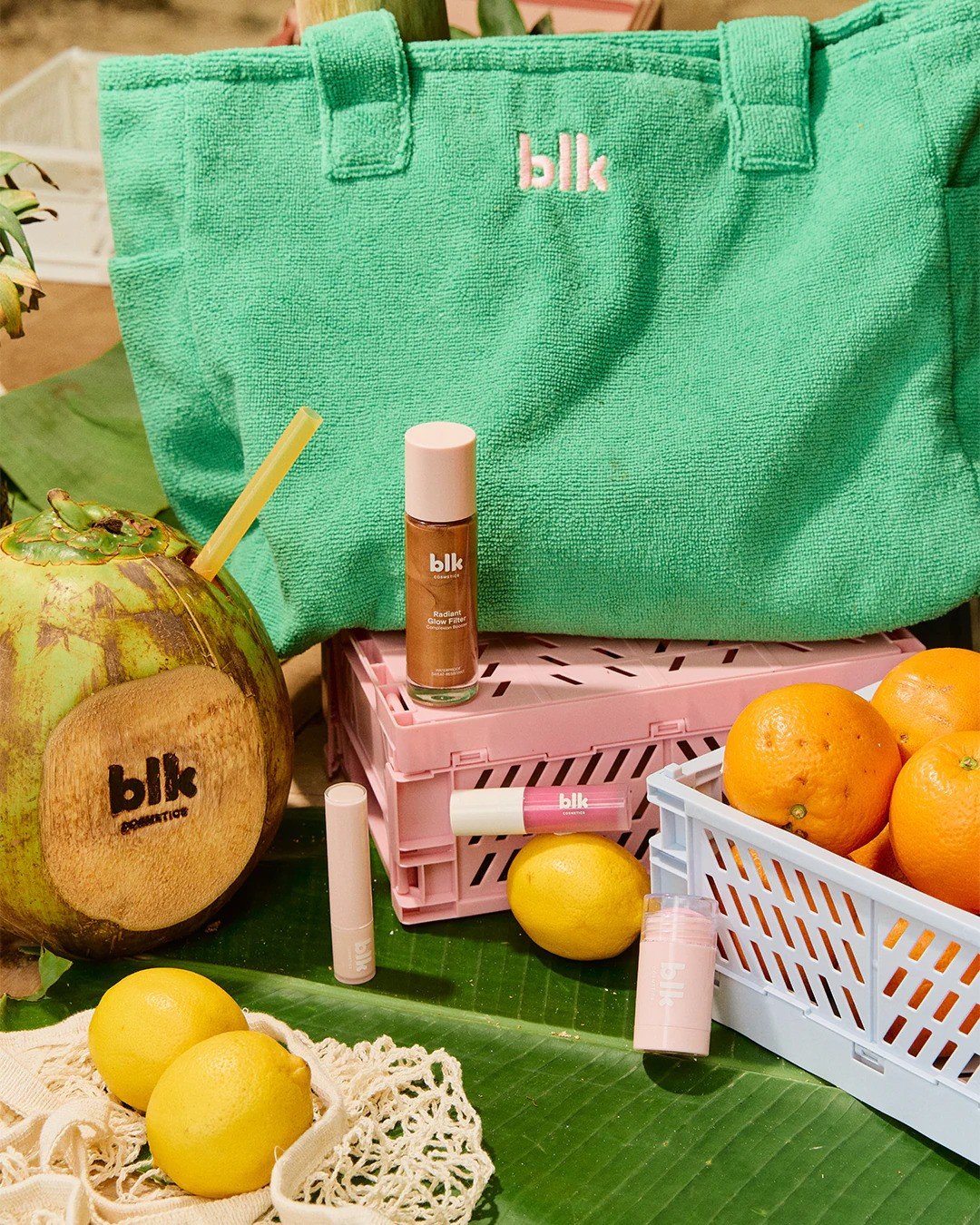
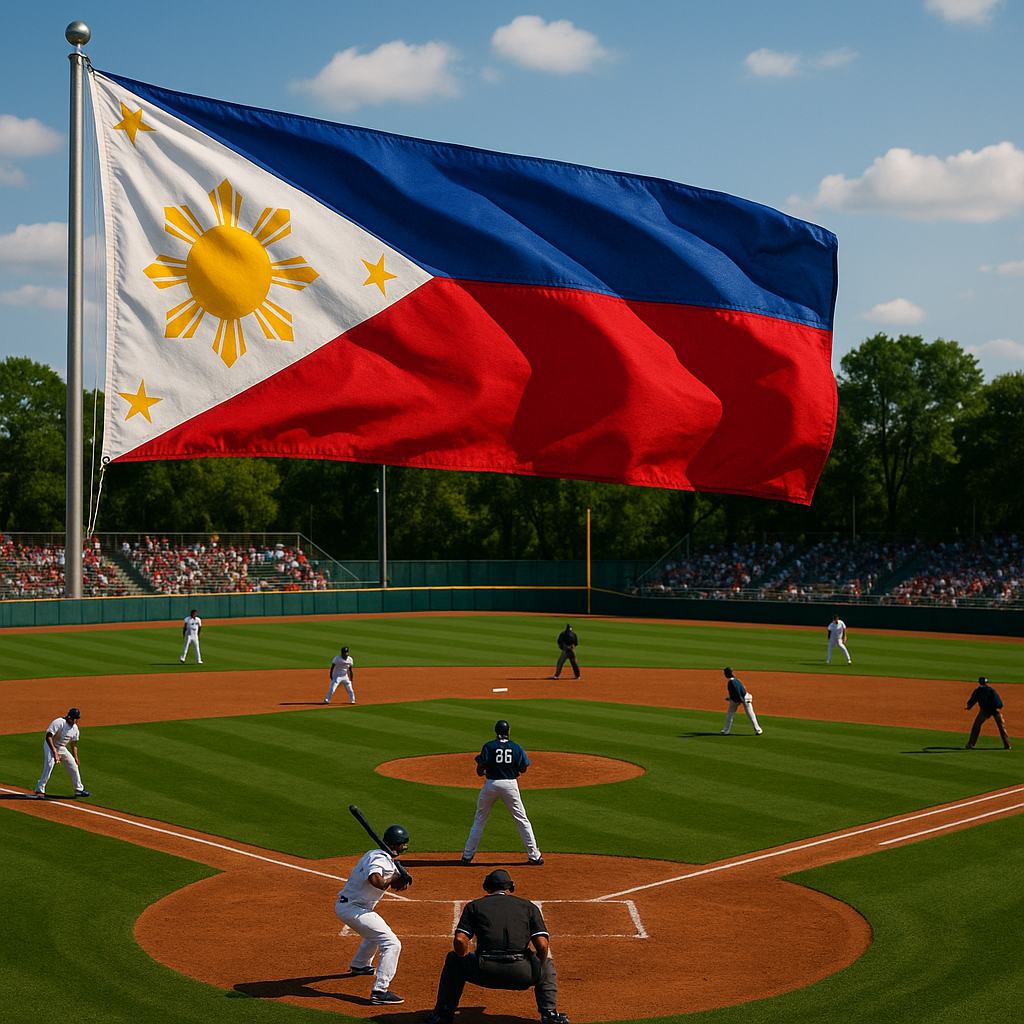





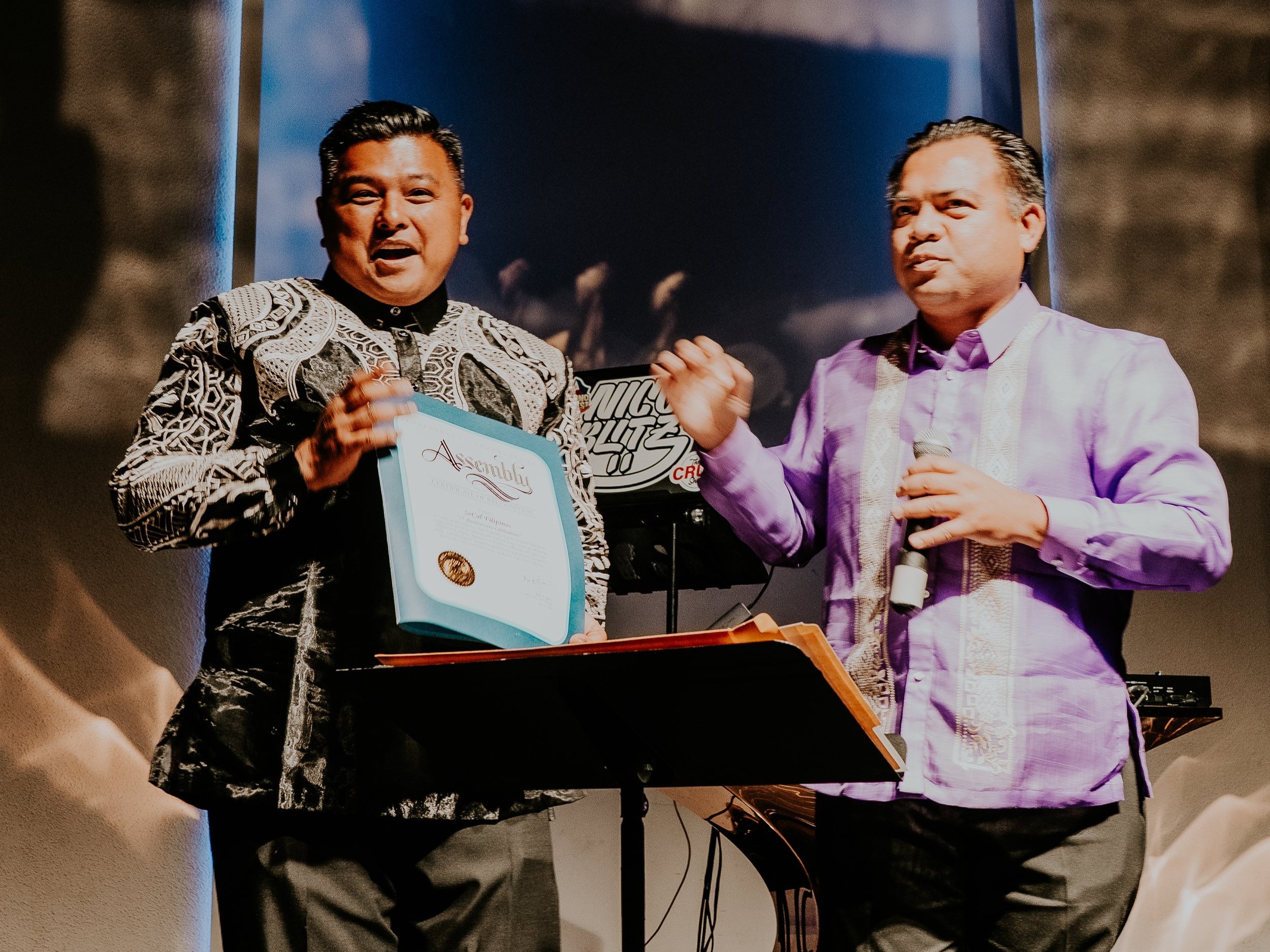
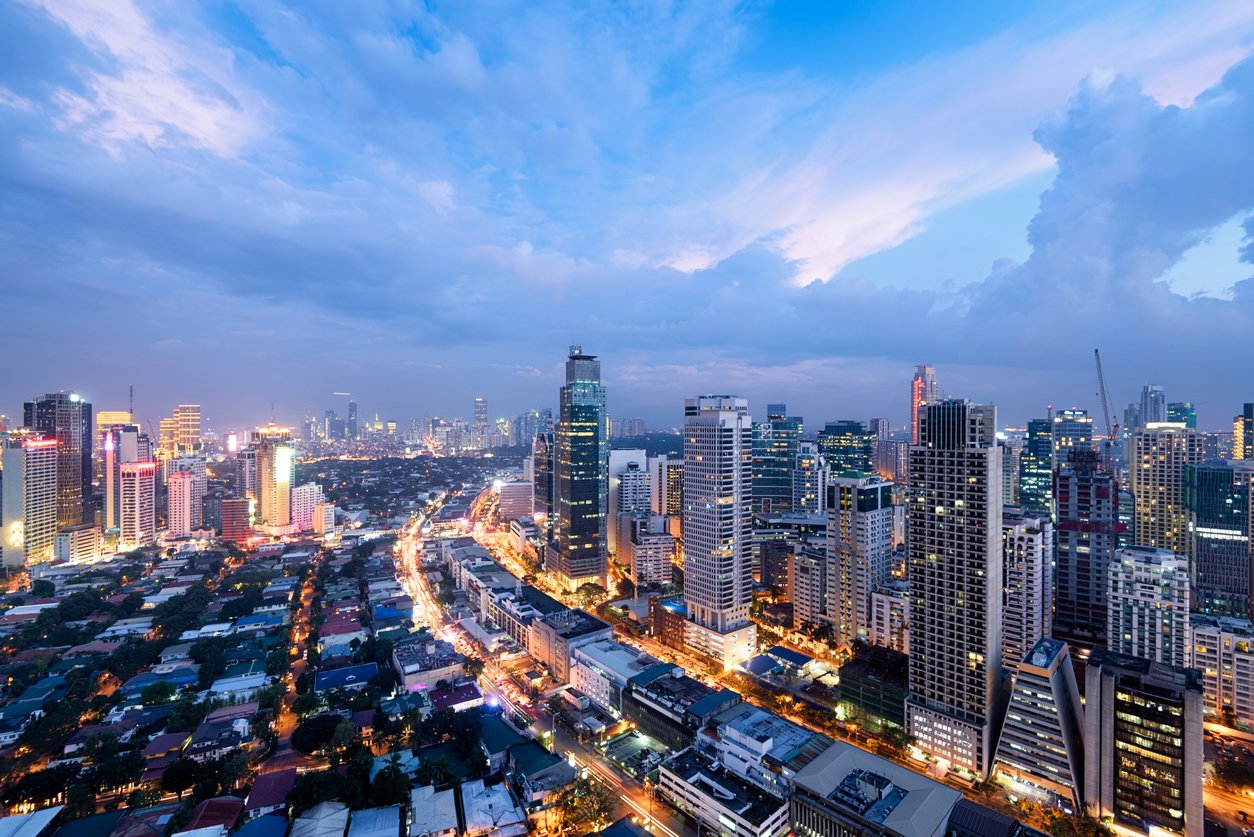
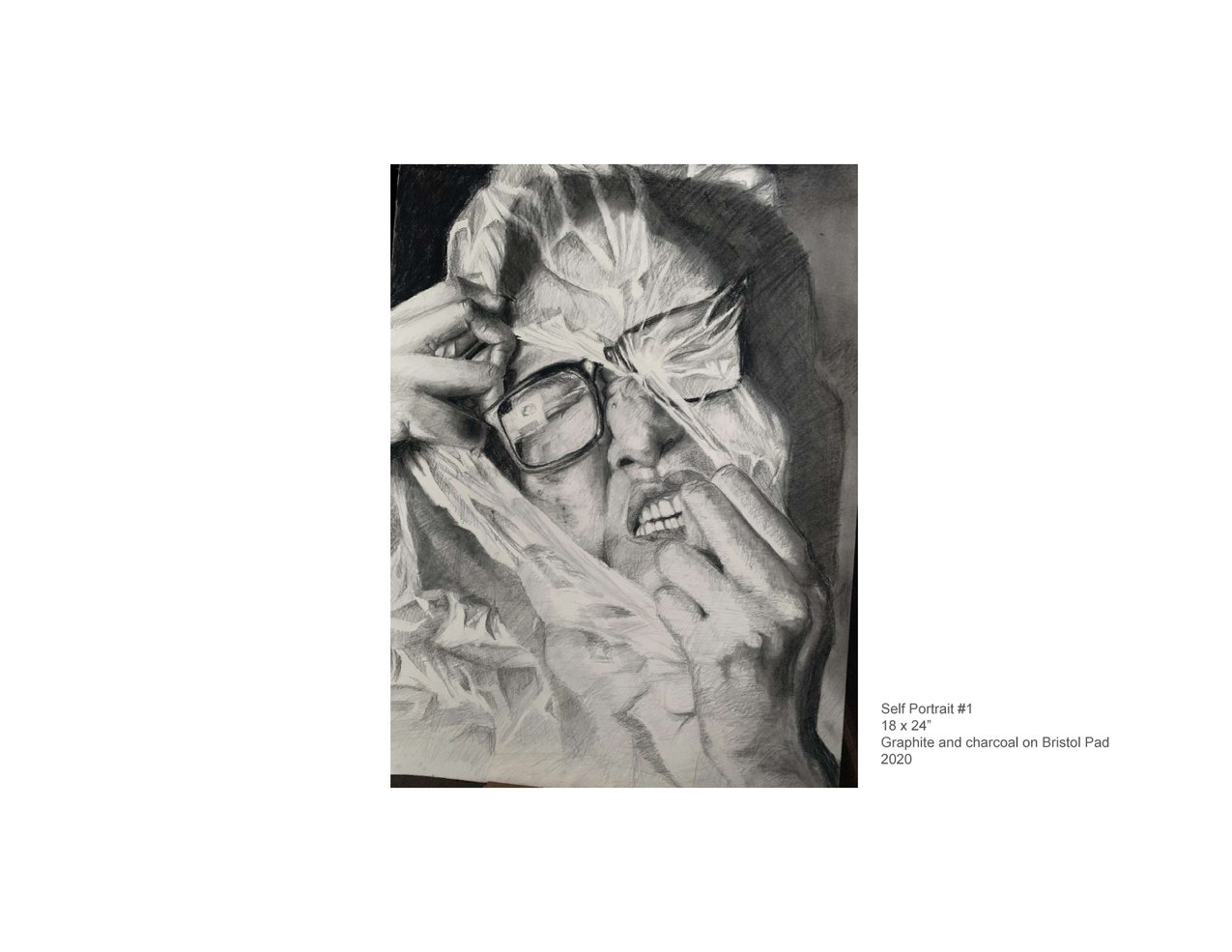
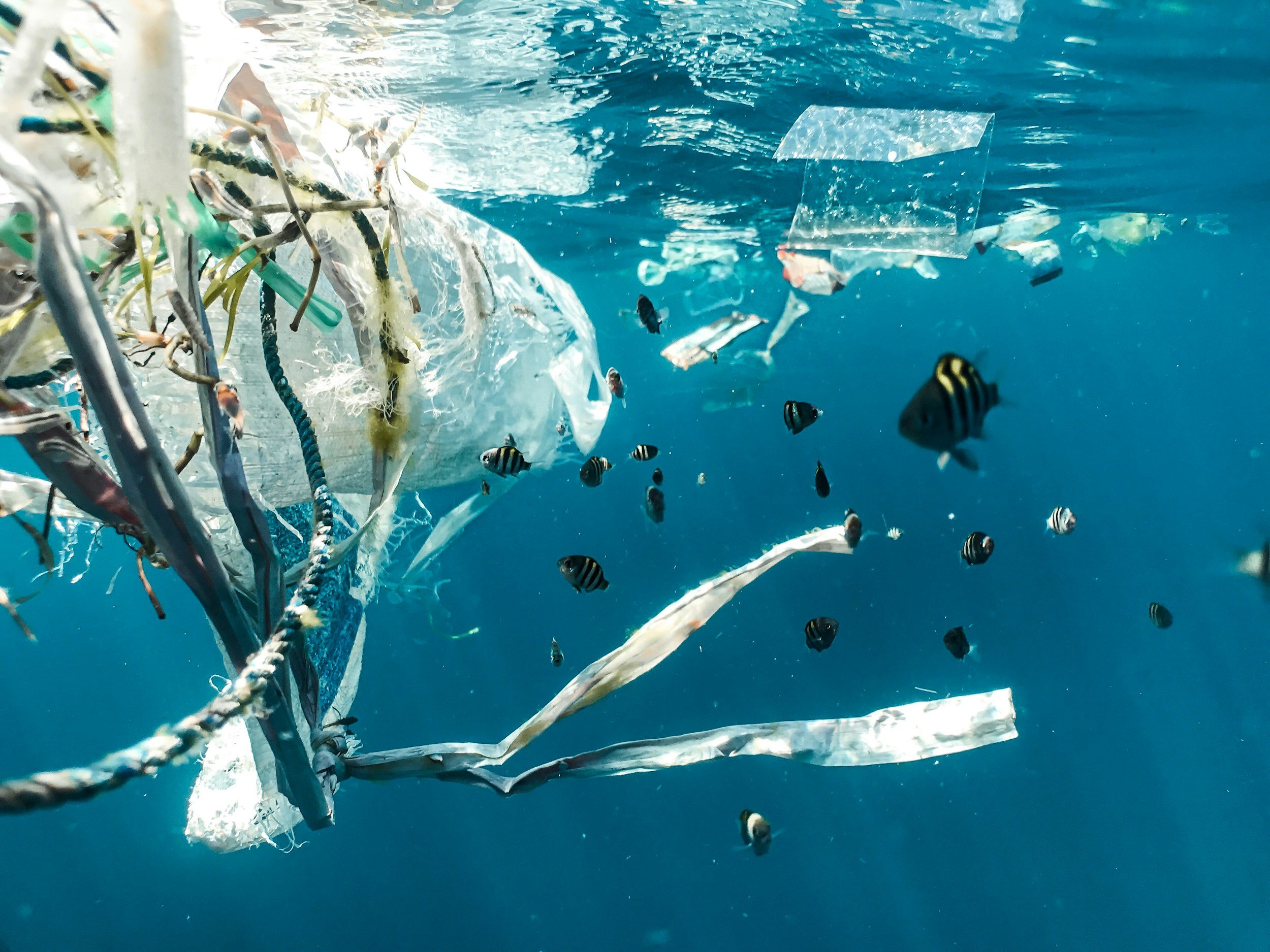





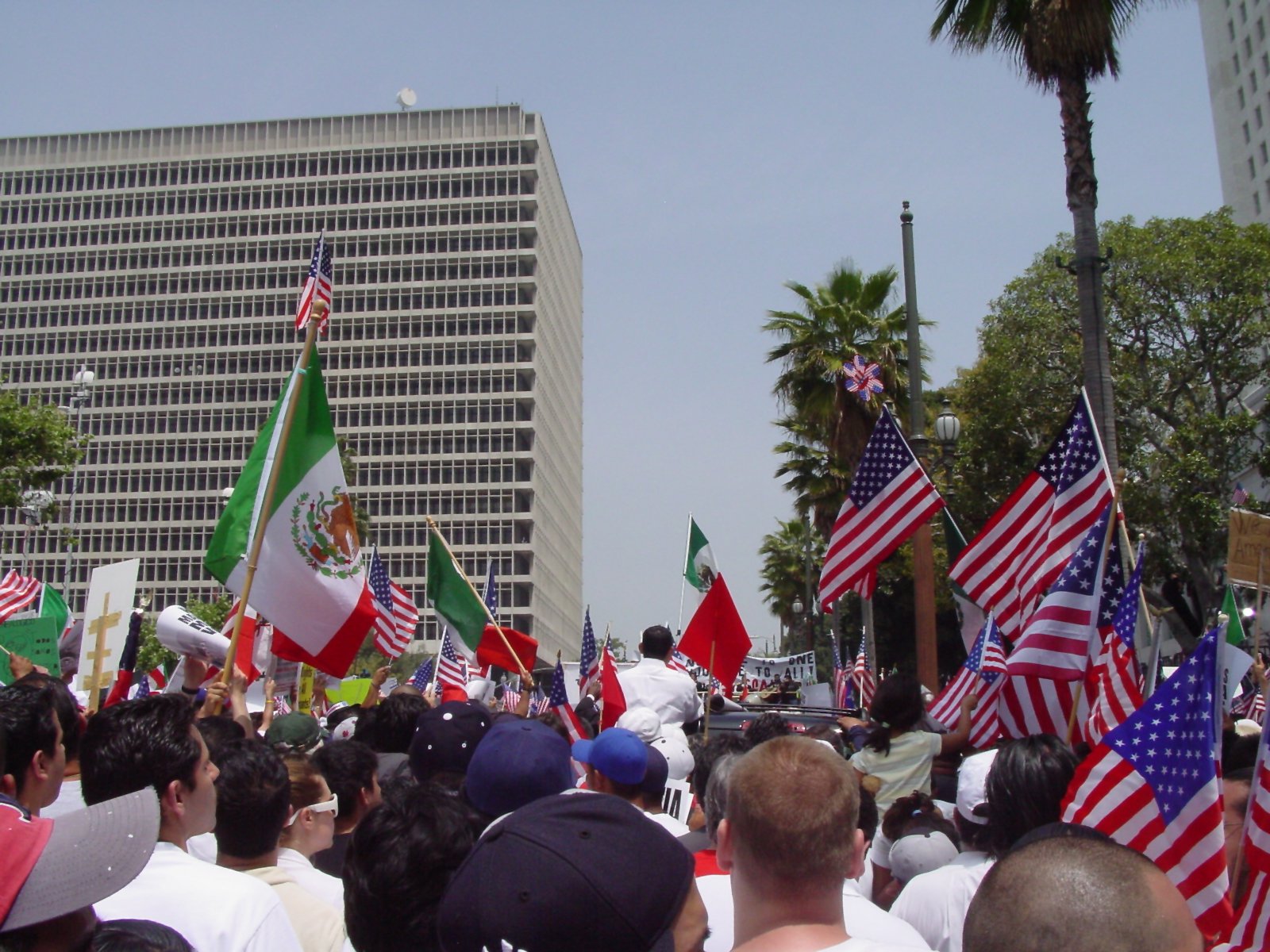

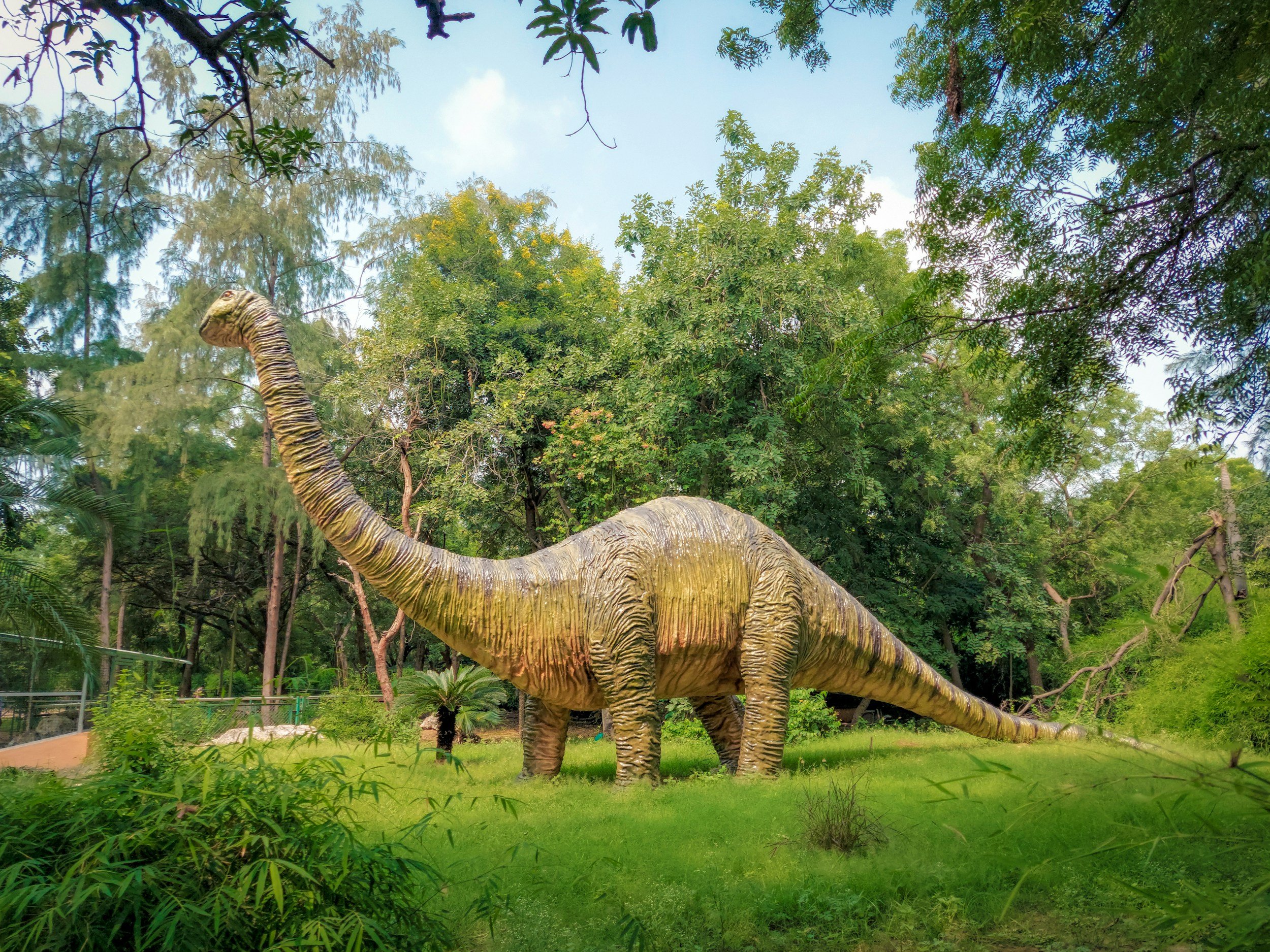




Learning Tagalog (Filipino) not only connects you to one of Southeast Asia’s most vibrant cultures—it also comes with real cognitive benefits. Here's a structured guide, ordered from the easiest to the most comprehensive methods.
Read More